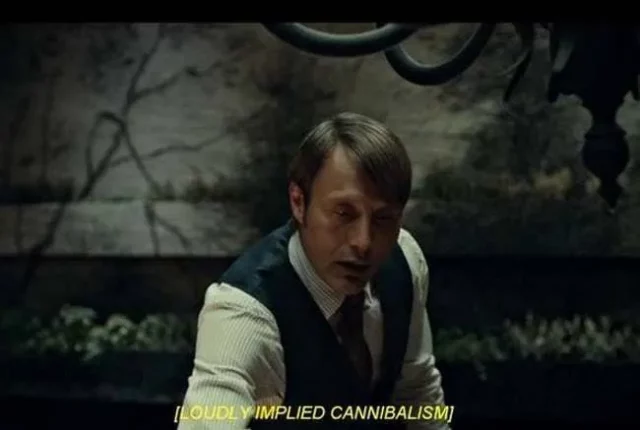Movie captioning is a process of displaying text on the screen to provide additional information for deaf or hard-of-hearing viewers. The text appears at the bottom of the screen and stays there throughout the movie.
Captions are also used to translate the dialog into other languages. There are three different types of captions: open, closed, and burned-in. In this article, we will discuss the differences between these three types and help you decide which one is best for your needs.
Table of Contents
When Did Captioning Begin During the Television Revolution?
The first closed captioned television program was aired on PBS in 1972. It was a children’s show, The French Chef, featuring Julia Child cooking French cuisine. The original captioning system was developed by the National Bureau of Standards (now the National Institute of Standards and Technology). It only worked with monaural sound, which didn’t fit the entertainment industry.
The first open captioned television show aired in 1980 on Nickelodeon. It was a show called Pinwheel, which was aimed at young children. The National Captioning Institute (NCI) developed the original open captioning system. This system allowed captions to be turned on and off so that people who did not need them could avoid them.
The first burned-in captioned television show aired in 1982 on HBO. It was a movie called Dead Man Walking, which starred Sean Penn and Susan Sarandon. The original burned-in captioning system was developed by WGBH Boston.
This system’s captions are “burned” into the video signal so that they cannot be turned off. All three systems are still used today as closed captions are most popular, with around 98% of primetime programming being captioned, and therefore are supported by closed captioning services that offer a more professional and automated captioning experience.
Types of Captions for Movies Closed captions
Developed in 1972, these work by displaying text on a black strip at the bottom of the screen. The text is usually white and can be difficult to read against a light background.
- Open captions: These are the originals, and they work by having text superimposed over the movie. The text is usually white and may be hard to read against a light background.
- Burned-in captions: These are the most recent development, and they work by “burning” the text into the video signal. This type is also known as “hard-coded” or “open captions.” The text is usually white and can be difficult to read against a light background.
Which Type of Captioning Should I Use?

The type of captioning you use will depend on your needs. If you need captions for a deaf or hard-of-hearing audience, then you will want to use either closed captioning or burned-in captioning.
If you need captions for a foreign language audience, then you will want to use open captioning. Also, remember that burned-in captioning is the only type that will work with streaming video. If you are unsure which type of captioning to use, you can just try all three and see which one works best for you.
Is Movie Captioning Gaining Popularity?

Yes, movie captioning is gaining popularity. In the past, captioning was mostly used for television programs and movies aimed at children or foreign audiences. However, in recent years there has been a trend to make all movies accessible to people with hearing impairments.
As a result, more and more theaters are starting to offer captioning services. Additionally, many streaming services, such as Netflix and Amazon Prime, offer captions for their movies and TV shows.
Do All Theaters Offer Captioning Services?
No, not all theaters currently offer captioning services. However, the number of theaters offering captioning services is growing every year. Additionally, many movie theater chains, like AMC, are starting to offer captioning services in all of their locations.
Final Words
Movie captioning is a vital service that helps make movies accessible to everyone. There are three main types of captioning: closed captioning, open captioning, and burned-in captioning. The type of captioning you use will depend on your needs, so you better try all types before choosing one to use for your movie.
Additionally, movie captioning is becoming more popular as theaters and streaming services alike are starting to offer captioning services. However, there’s still room for improvement in terms of accessibility as not all theaters offer captioning services. Hopefully, this will change in the future.


